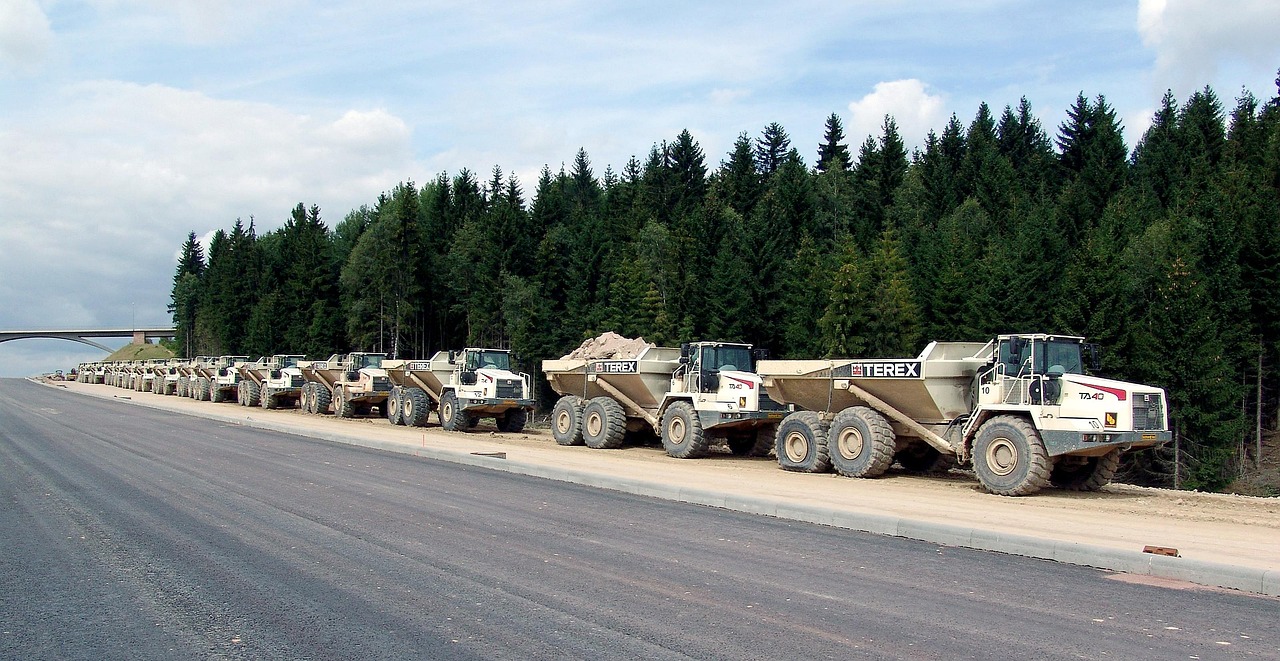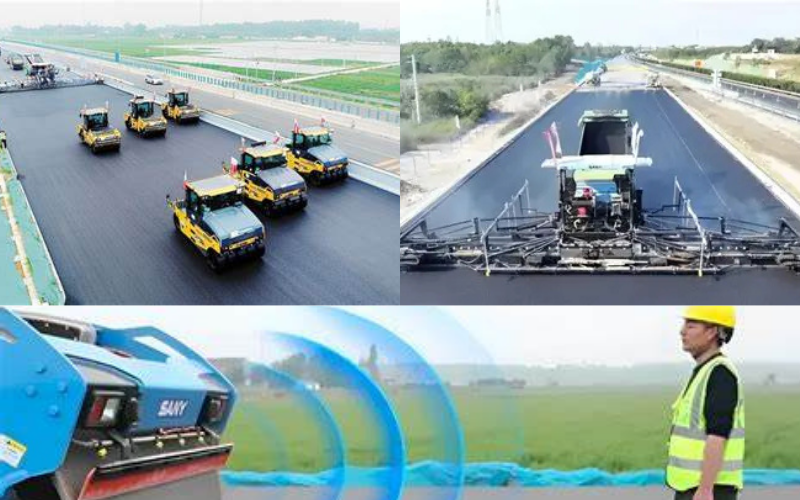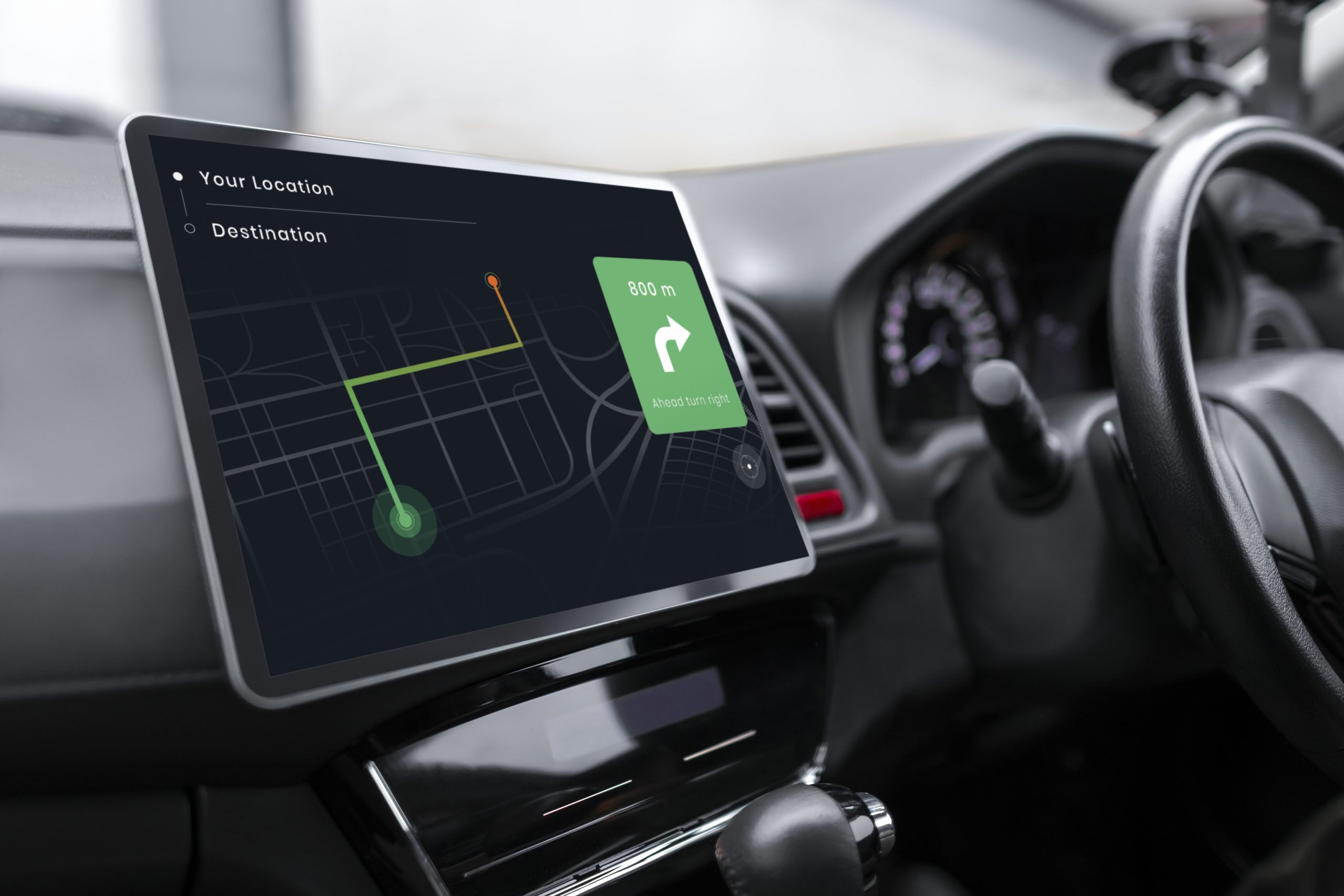The Future of Highway Construction: AI, Drones, and Robots Resurfacing 158km Highway in China

The recent resurfacing of a 158km highway in China using AI, drones, and robots marks a revolutionary milestone in infrastructure development. This project is not just about road repair; it’s a glimpse into the future of construction engineering, automation, and labor dynamics. For students and professionals in the construction industry, understanding this transformation is crucial as it signals a paradigm shift in how projects will be designed, managed, and executed.
What Does AI-Driven Highway Resurfacing Mean for Engineers?
The integration of AI and robotics in highway construction means engineers will increasingly work alongside intelligent systems that enhance precision, efficiency, and safety. Instead of manual surveying and resurfacing, engineers now rely on:
AI-powered data analysis from drones that map terrain with millimeter accuracy.
Autonomous robots performing earthmoving, foundation laying, and paving with minimal human intervention.
Real-time monitoring and quality control through sensor-equipped machines.
This shift demands engineers develop skills in robotics operation, AI system management, and data interpretation, transforming their traditional roles into more tech-centric positions focused on oversight and optimization rather than manual labor.
Will Contractors Deploy AI and Robots in Construction?
Contractors are already embracing AI and robotics to address labor shortages, improve safety, and reduce costs. Examples include:
| Technology | Application | Benefit |
|---|---|---|
| AI-powered drones | Site surveying and monitoring | Faster, more accurate data |
| Autonomous earthmovers | Excavation and foundation work | Precision and reduced labor cost |
| Robotic bricklayers | Automated masonry | Increased speed and consistency |
| Robotic arms | Welding, painting, assembly | Enhanced quality and safety |
These technologies allow contractors to complete projects faster and with fewer errors, making AI and robotics indispensable tools in modern construction.
Will Construction Jobs Be Lost to AI?
The fear that AI and robots will replace construction jobs is common but nuanced. Automation primarily targets repetitive, hazardous, and physically demanding tasks, reducing workplace accidents and fatigue. However, it also creates new roles, such as:
AI system operators and technicians
Data analysts for construction site monitoring
Robotics maintenance specialists
Project managers skilled in AI-enhanced workflows
While some manual jobs may decline, the industry is evolving toward a collaborative human-machine workforce, requiring workers to upskill and adapt rather than face outright displacement.
How Are AI and Robotics Changing Construction Processes?
1. Surveying and Planning with Drones and AI
Drones equipped with high-resolution cameras and sensors map construction sites quickly, generating 3D models and detailed blueprints. AI analyzes this data to detect potential issues before construction begins, improving planning accuracy and reducing costly errors.
2. Autonomous Machinery in Execution
Robots and autonomous vehicles handle tasks such as earthmoving, bricklaying, and paving. These machines operate with precision and can work continuously, accelerating project timelines.
3. Quality Control and Maintenance
AI systems monitor construction quality in real-time, identifying defects or deviations from design specifications. Predictive maintenance algorithms also schedule repairs before breakdowns occur, minimizing downtime.
| Process Stage | AI/Robotics Application | Impact |
|---|---|---|
| Surveying | Drone mapping and AI analysis | Accurate site data, risk reduction |
| Construction | Autonomous earthmoving, bricklaying | Faster, safer construction |
| Quality Control | Sensor monitoring, defect detection | Higher quality, less rework |
| Maintenance | Predictive algorithms | Reduced downtime, cost savings |
What Skills Will Engineers and Construction Workers Need in the Future?
The rise of AI and robotics means engineers must:
Understand AI algorithms and data analytics
Operate and maintain robotic equipment
Integrate Building Information Modeling (BIM) with AI tools
Manage human-robot collaboration on sites
Adapt to continuous technological advancements
This evolution calls for interdisciplinary knowledge combining civil engineering, computer science, and robotics.
Real-World Example: China’s 158km Autonomous Highway Resurfacing
China’s project on the Beijing-Hong Kong-Macao Expressway utilized:
Drones for terrain surveying and 3D mapping
AI to create detailed construction blueprints
Specialized robots for earthmoving, foundation laying, and paving
This fully unmanned operation set new standards for efficiency, precision, and safety in road construction, showcasing the potential for global adoption of such technologies.

The Impact of AI and Robotics on Construction Jobs and Industry Dynamics
As the use of AI, drones, and robots in construction grows, many are concerned about job security and industry changes. This section explores these concerns and highlights how the construction workforce and contractors are adapting.
Will Construction Jobs Be Lost to AI and Robots?
The integration of AI and robotics in construction does lead to automation of certain tasks, but it does not necessarily mean mass unemployment. Instead, the nature of construction jobs is evolving:
Tasks at risk: Repetitive, dangerous, and physically demanding roles such as manual earthmoving, bricklaying, and site inspection may be automated.
Jobs created: New roles emerge in AI system management, robotics maintenance, data analysis, and AI-enhanced project management.
Job transformation: Many traditional roles will require upskilling to work alongside AI and robots effectively.
| Job Category | Impact of AI/Robotics | Examples of New Roles |
|---|---|---|
| Manual labor | Reduced demand | Robotics operators, maintenance techs |
| Site inspection | Automated via drones and sensors | Data analysts, AI monitoring specialists |
| Project management | Enhanced by AI decision tools | AI-integrated project coordinators |
| Engineering design | Supported by AI modeling | BIM and AI software specialists |
This shift means workers must embrace lifelong learning and technical skills development to stay relevant.
How Will Contractors Deploy AI and Robots in Construction?
Contractors are increasingly investing in AI and robotic technologies to improve project delivery. Deployment strategies include:
Pilot projects: Testing AI and robots on smaller tasks before full-scale adoption.
Collaborative robots (cobots): Robots designed to work safely alongside human workers.
AI-powered project management platforms: For scheduling, budgeting, and risk assessment.
Remote monitoring: Using drones and AI to oversee multiple sites simultaneously.
Contractors who adopt these technologies early gain competitive advantages such as:
Reduced costs through efficiency gains
Improved safety records
Faster project completion times
Higher quality construction outcomes
What Are the Challenges of AI and Robotics in Construction?
Despite the benefits, several challenges remain:
High initial investment: Purchasing and integrating AI and robotics can be costly.
Technical complexity: Requires skilled personnel to operate and maintain systems.
Regulatory and safety concerns: Ensuring autonomous machines comply with safety standards.
Resistance to change: Workforce apprehension and cultural barriers to adopting new tech.
Addressing these challenges requires training programs, government incentives, and collaboration between industry stakeholders.
How Will Engineering Education Adapt?
To prepare future engineers for AI-driven construction, educational institutions are:
Integrating AI, robotics, and data analytics into civil engineering curricula.
Offering interdisciplinary courses combining computer science and engineering.
Providing hands-on experience with drones, robots, and AI software.
Encouraging research on AI applications in infrastructure development.
This approach ensures graduates are equipped with the skills to thrive in a technology-enhanced construction environment.
Table: Comparison of Traditional vs AI-Driven Construction Processes
| Aspect | Traditional Construction | AI and Robotics-Driven Construction |
|---|---|---|
| Surveying | Manual measurements and visual inspection | Drone mapping and AI data analysis |
| Earthmoving | Operator-driven heavy machinery | Autonomous earthmoving robots |
| Quality Control | Manual inspection | Sensor-based real-time monitoring |
| Safety | Human risk exposure | Robots handle hazardous tasks |
| Project Management | Manual scheduling and reporting | AI-powered predictive analytics and optimization |
| Labor Demand | High for manual tasks | Shift towards technical and supervisory roles |
Frequently Asked Questions
How accurate are drones and AI in surveying construction sites?
Drones equipped with LiDAR and high-resolution cameras combined with AI algorithms can achieve centimeter-level accuracy, significantly surpassing traditional surveying methods.
What safety improvements do AI and robots bring to construction sites?
Robots can perform dangerous tasks such as working at heights or handling heavy materials, reducing human exposure to accidents. AI monitors site conditions in real-time to prevent hazards.





